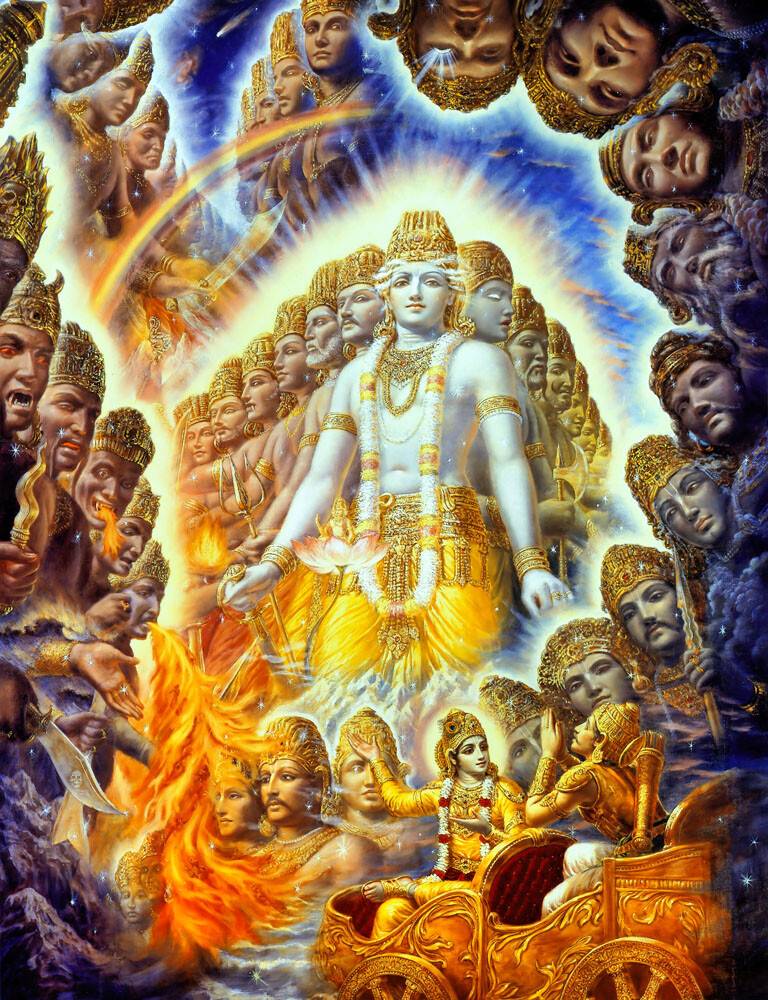Paths to Enlightenment In Different Traditions
Enlightenment is a profound state of understanding and awareness that transcends the ordinary experience of life. It is often described as a deep insight into the nature of reality, oneself, and the interconnectedness of all things. Different cultures and traditions offer various paths to enlightenment, each providing unique methodologies and philosophies. Here, we explore some prominent paths, including those found in Eastern philosophies, Western traditions, and the modern spiritual landscape.
1. The Buddhist Path
Buddhism presents one of the most well-known routes to enlightenment, primarily through the Four Noble Truths and the Eightfold Path. The Four Noble Truths outline the nature of suffering and the path towards liberation from it:
- The Truth of Suffering (Dukkha): Recognizing that suffering is an inherent part of existence.
- The Truth of the Cause of Suffering (Samudaya): Understanding the origins of suffering, primarily attachment, and desire.
- The Truth of the End of Suffering (Nirodha): Realizing that it is possible to end suffering by relinquishing attachments.
- The Truth of the Path Leading to the End of Suffering (Magga): Following the Eightfold Path, which includes right understanding, right intent, right speech, right action, right livelihood, right effort, right mindfulness, and right concentration.
Meditation is a crucial practice in Buddhism, enabling individuals to cultivate mindfulness and insight, which are essential for reaching enlightenment or Nirvana.
2. The Hindu Tradition
In Hinduism, enlightenment is often referred to as Moksha, the liberation from the cycle of birth and rebirth (samsara). Multiple paths within Hindu philosophy guide seekers toward this goal:
- Jnana Yoga: The path of knowledge, focusing on the study of spiritual texts and self-inquiry to realize the true nature of the self (Atman) and its unity with the ultimate reality (Brahman).
- Bhakti Yoga: The path of devotion, emphasizing love and devotion to a personal god. This relationship fosters an emotional bond that can lead to transcendence and realization of oneness with the divine.
- Karma Yoga: The path of selfless action, teaching individuals to perform their duties without attachment to the results, thus purifying the mind and leading to spiritual growth.
Each of these paths highlights the importance of personal experience and understanding in the journey toward enlightenment.
3. The Sufi Path
In Islam, Sufism presents a mystical approach focusing on the inner, experiential dimension of faith. The Sufi path is characterized by practices such as:
- Dhikr: The remembrance of God through chanting and meditation.
- Whirling Dervishes: A form of active meditation that fosters a deeper connection to the divine through movement.
- Poetry and Music: Works by Sufi poets like Rumi express profound spiritual truths and the longing for union with the divine.
Sufism emphasizes love, humility, and the realization of one’s inner self as a means to attain a direct experience of God.
4. The Western Philosophical and Spiritual Tradition
In the Western context, enlightenment has been explored through both philosophical reasoning and religious experience. The Enlightenment period (17th-19th Century) emphasized reason, individualism, and empirical evidence, which laid the groundwork for modern thought.
Additionally, Christian mysticism offers pathways through contemplative practices such as meditation and prayer, focusing on developing a personal relationship with God. Figures like Teresa of Ávila and John of the Cross spoke of deep spiritual experiences and the journey toward divine union.
5. Contemporary Spirituality
In modern times, a blend of various traditions fuels the spiritual quest for enlightenment. New Age movements integrate elements from Eastern philosophies, mysticism, and psychology. Practices such as mindfulness meditation, yoga, and energy healing have gained widespread popularity, promoting personal growth and self-awareness as pathways to enlightenment.
Conclusion
The journey towards enlightenment is deeply personal and varies widely across traditions and individuals. Whether through meditation, devotion, knowledge, selfless action, or contemplation, the essence of these paths is the pursuit of deeper understanding and connection. Ultimately, the quest for enlightenment invites individuals to explore the nature of existence and their place within it, fostering a more profound sense of peace, clarity, and fulfillment. As seekers embark on their unique journeys, the wisdom of these diverse paths can provide guidance and inspiration.
